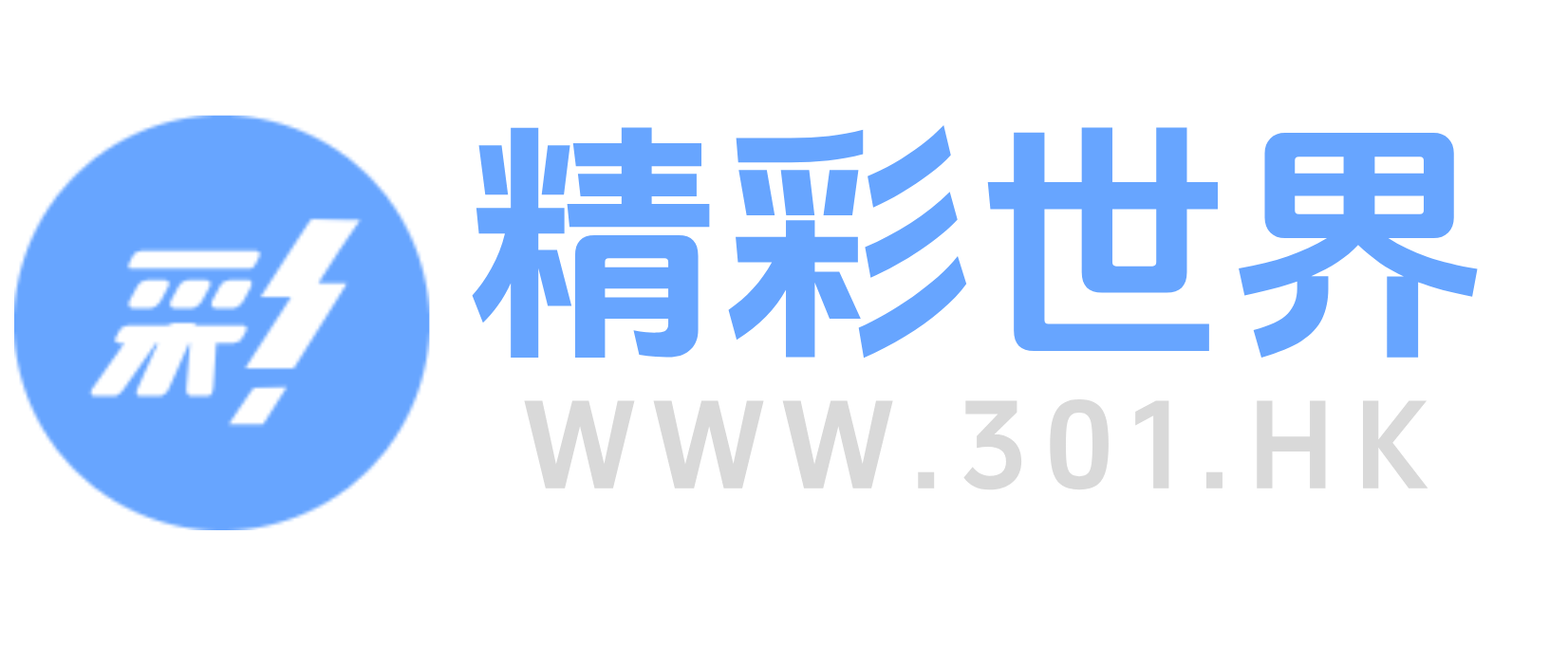Vue3组件通信完全指南:9大方案从基础到高阶,告别Prop地狱!vue3 组件通信
Vue3组件通信完全指南,涵盖9大方案,从基础到高阶,包括Props、事件、插槽、Provide/Inject、Vuex、Pinia、Vue Router、Teleport和Global Event Bus等,本指南旨在帮助开发者更好地理解和使用这些通信方式,避免陷入Prop地狱,实现组件间高效、清晰的通信,通过详细讲解每个方案的适用场景和优缺点,帮助开发者根据项目需求选择最合适的通信方式,提升开发效率和代码质量。
Vue3组件通信完全指南:9大方案从基础到高阶,告别Prop地狱!
在Vue.js框架中,组件通信是一个核心且复杂的话题,随着Vue3的发布,组件通信的方式变得更加灵活和强大,本文将详细介绍Vue3中9种主要的组件通信方案,从基础到高阶,帮助开发者更好地理解和应用这些技术,彻底告别Prop地狱。
Props和$emit(基础)
在Vue3中,props和$emit仍然是组件间通信的基础方式。props用于从父组件向子组件传递数据,而$emit用于子组件向父组件发送事件。
示例:
<!-- ParentComponent.vue -->
<template>
<ChildComponent :message="parentMessage" @child-event="handleChildEvent" />
</template>
<script>
import ChildComponent from './ChildComponent.vue';
export default {
components: { ChildComponent },
data() {
return {
parentMessage: 'Hello from Parent!'
};
},
methods: {
handleChildEvent(data) {
console.log('Received from child:', data);
}
}
};
</script>
<!-- ChildComponent.vue -->
<template>
<button @click="sendEvent">Send to Parent</button>
</template>
<script>
export default {
props: ['message'],
methods: {
sendEvent() {
this.$emit('child-event', 'Hello from Child!');
}
}
};
</script>
v-model(双向绑定)
v-model是Vue中用于实现表单元素和数据进行双向绑定的指令,在Vue3中,v-model不仅限于表单元素,还可以用于自定义组件,通过v-model,可以实现父子组件之间的数据同步。
示例:
<!-- ParentComponent.vue -->
<template>
<ChildComponent v-model="childValue" />
</template>
<script>
import ChildComponent from './ChildComponent.vue';
export default {
components: { ChildComponent },
data() {
return {
childValue: '' // This will be bound to ChildComponent's input value.
};
}
};
</script>
<!-- ChildComponent.vue -->
<template>
<input :value="value" @input="updateValue" />
</template>
<script>
export default {
props: ['value'], // v-model="childValue" 相当于 :value="childValue" 和 @input="childValue = $event.target.value" 的组合。 需要在子组件中声明一个名为 'value' 的 prop。 并在父组件中通过 v-model 进行绑定。 父组件中的 childValue 会自动更新。 需要在子组件中声明一个名为 'value' 的 prop。 并在父组件中通过 v-model 进行绑定。 父组件中的 childValue 会自动更新。 需要在子组件中声明一个名为 'value' 的 prop。 并在父组件中通过 v-model 进行绑定。 父组件中的 childValue 会自动更新。 需要在子组件中声明一个名为 'value' 的 prop。 并在父组件中通过 v-model 进行绑定。 父组件中的 childValue 会自动更新。 需要在子组件中声明一个名为 'value' 的 prop。 并在父组件中通过 v-model 进行绑定。 父组件中的 childValue 会自动更新。 需要在子组件中声明一个名为 'value' 的 prop。 并在父组件中通过 v-model 进行绑定。 父组件中的 childValue 会自动更新。 需要在子组件中声明一个名为 'value' 的 prop。 并在父组件中通过 v-model 进行绑定。 需要在子组件中声明一个名为 'value' 的 prop。 并在父组件中通过 v-model 进行绑定。 需要在子组件中声明一个名为 'value' 的 prop。 并在父组件中通过 v-model 进行绑定。 需要在子组件中声明一个名为 'value' 的 prop。 并在父组件中通过 v-model 进行绑定。 需要在子组件中声明一个名为 'value' 的 prop。 并在父组件中通过 v-model 进行绑定。 需要在子组件中声明一个名为 'value' 的 prop。 并在父组件中通过 v-model 进行绑定。 需要在子组件中声明一个名为 'value' 的 prop。 并在父组件中通过 v-model 进行绑定。 需要在子组件中声明一个名为 'value' 的 prop。 并在父组件中通过 v-model 进行绑定。 需要在子组件中声明一个名为 'value' 的 prop。 并在父组件中通过 v-model 进行绑定。 需要在子组件中声明一个名为 'value' 的 prop。 并在父组件中通过 v-model 进行绑定。 需要在子组件中声明一个名为 'value' 的 prop。 并需要在子组件中实现 updateValue 方法来更新这个 prop 的值: updateValue(event) { this.$emit('input', event.target.value); } } } } } } } } } } } } } } } } } } } } } } } } } } } } } } } } } } } } { updateValue(event) { this.$emit('input', event.target.value); } } } } { updateValue(event) { this.$emit('input', event.target.value); } } { updateValue(event) { this.$emit('input', event.target.value); } } { updateValue(event) { this.$emit('input', event.target.value); 
